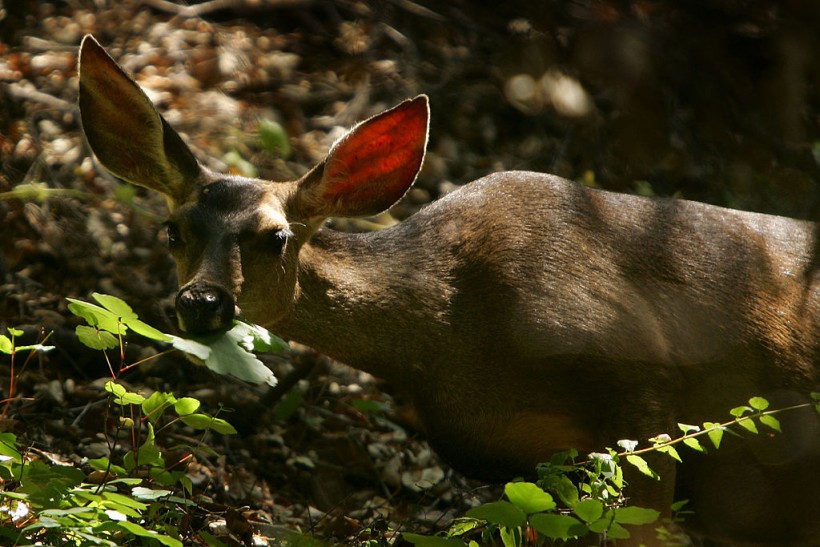Catalina Island is a paradise for many people who visit it for its scenic views, diverse wildlife, and rich history.
But behind the idyllic facade, there is a serious problem that threatens to ruin the island's ecological balance and beauty: an overpopulation of invasive mule deer.
These deer, which were brought to the island by humans decades ago, have multiplied and spread across the island, causing severe damage to the native plants and animals, increasing the risk of wildfire, and creating a nuisance and a hazard for humans.
To solve this problem, the Catalina Island Conservancy, the organization that manages most of the island, has proposed a radical solution: using helicopters to shoot and kill all of the deer in a matter of weeks.
This proposal has sparked a heated debate among residents, visitors, and animal rights activists, who have different views on the ethics and aesthetics of killing thousands of deer.
The problem of mule deer on Catalina Island
 (Photo : David McNew/Getty Images)
(Photo : David McNew/Getty Images)

Catalina Island, a popular resort destination off the coast of Southern California, is facing a pressing ecological issue.
The island, known for its pristine beauty and native wildlife, is home to nearly 2,000 invasive mule deer that are threatening to destroy the island's natural balance.
The mule deer are not native to Catalina Island. They were introduced in the late 1920s by ranchers who wanted to use the island for hunting and recreation.
Since then, the deer have multiplied and spread across the island, competing with native animals and plants for food and water.
The deer have caused severe damage to the island's vegetation, especially the native plants and grasses that are adapted to the semi-arid climate.
The deer also increase the risk of wildfire by spreading invasive weeds that are highly flammable.
Moreover, the deer pose a nuisance and a danger to human residents and visitors, as they wander into developed areas, raid gardens, attack pets, and cause traffic accidents.
The problem of mule deer on Catalina Island is not new. The Catalina Island Conservancy, the nonprofit organization that manages 90% of the island and is mandated to restore it to its natural state, has been trying to control the deer population for decades.
However, none of the previous methods, such as contraception, relocation, or hunting by licensed hunters, have been effective or sustainable.
Also Read: Red Deer Tend To Become Introverted as They Age According To Study
The proposed solution of helicopter culling
The Catalina Island Conservancy has recently proposed a bold and controversial solution to eradicate the mule deer from the island: using helicopter-mounted sharpshooters to kill all of them in a span of two weeks.
The Conservancy argues that this is the only way to protect the island's ecosystem and biodiversity from further degradation and that this method is humane, as it would cause minimal stress and suffering to the deer, compared to other alternatives.
The Conservancy has applied for a permit from the California Department of Fish and Wildlife to carry out the helicopter culling project, which is estimated to cost $3 million and require 40 staff members.
They plan to donate the deer meat to local food banks and use the deer hides for educational purposes.
However, the proposal has sparked a fierce backlash from many residents and animal rights activists, who oppose the mass killing of innocent animals on ethical and aesthetic grounds.
They have launched a petition to urge the state wildlife officials to reject the permit and explore other options to manage the deer population.
Alternative solutions have been proposed, such as sterilization, adoption, or fencing.
The debate over the fate of the mule deer on Catalina Island reflects a larger dilemma of how to balance human interests and environmental conservation in a changing world.
While some see the deer as a threat to the island's natural heritage, others see them as a part of its cultural identity.
The decision on whether or not to proceed with the helicopter culling project will have lasting implications for both the island and its inhabitants.
Related article: COVID-19 in White-Tailed Deer Evolves 3 Times Faster Than in Humans; Is Interspecies Transmission Possible?
© 2024 NatureWorldNews.com All rights reserved. Do not reproduce without permission.





